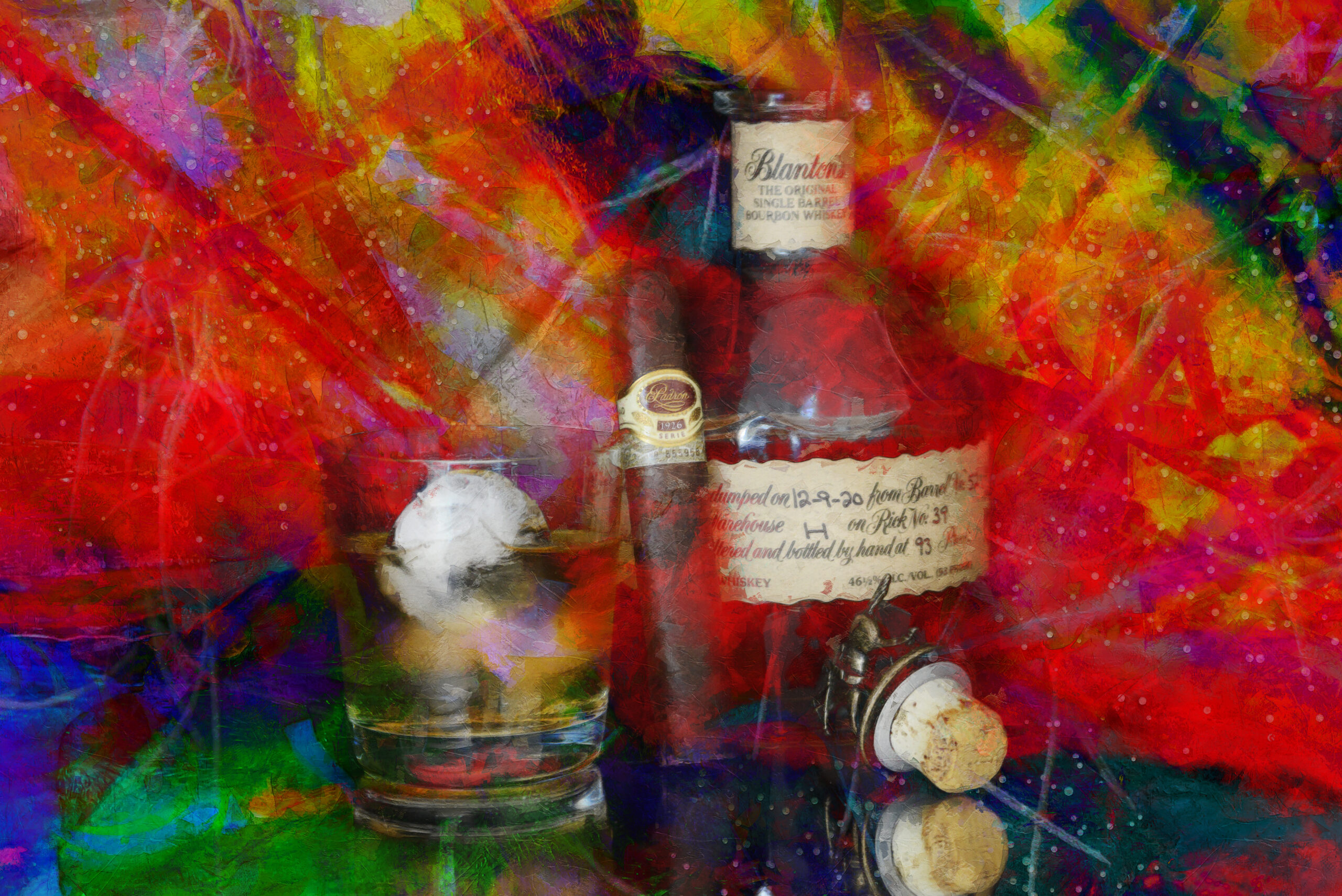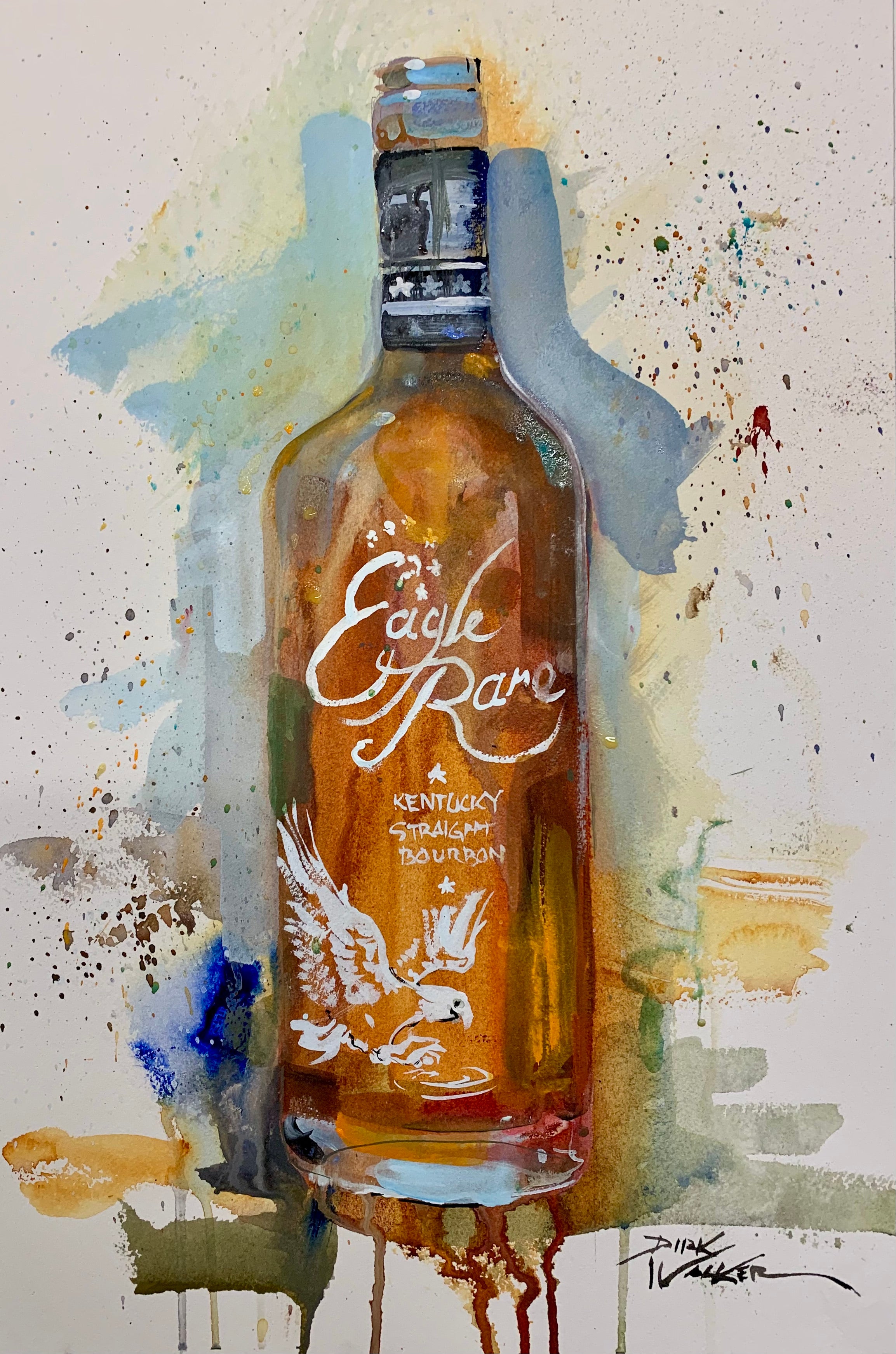The Attraction of Realism Art: A Deep Dive into Whiskey's Rich Heritage
The Attraction of Realism Art: A Deep Dive into Whiskey's Rich Heritage
Blog Article
The Value of Whiskey Art in Celebrating Heritage and Craftsmanship in the Beverage Industry
The detailed connection in between bourbon art and the event of heritage and craftsmanship within the drink industry can not be overstated. With thoughtfully made labels and bottles, whiskey brands envelop their historical roots and the artisanal abilities that define their production techniques. This imaginative measurement not only enhances market charm yet likewise acts as a conduit for cultural storytelling, fostering a deeper link between the consumer and the craft. As we discover the various aspects of this subject, intriguing concerns concerning the effect of modern-day patterns on typical methods emerge, motivating further examination.
The Historical Origins of Whiskey
At the heart of whiskey's appeal lies an abundant tapestry of historic roots that trace back to ancient civilizations. The beginnings of bourbon can be connected to the distillation methods of the Sumerians and Babylonians around 2000 BCE, where very early kinds of fermented grain beverages began to arise. It was in the Middle Ages that the art of purification progressed considerably, specifically in Ireland and Scotland, leading to the production of bourbon as we know it today.
The term "scotch" itself originates from the Gaelic word "uisce beatha," meaning "water of life." This phrase highlights the cultural significance of whiskey in Celtic cultures, where it was usually associated with rituals, parties, and communal bonding. By the 15th century, distillation became an identified craft within reclusive areas, leading the way for the establishment of lawful distilleries.
As trade paths expanded, scotch's popularity grew, going beyond local limits and catching the rate of interest of connoisseurs worldwide. Limited Edition. This historic journey shows not only the craftsmanship behind scotch production but likewise its important function in social and social contexts, marking it as a significant drink throughout background
Artistic Expression in Branding
Scotch branding stands as a compelling intersection of artistry and business, where visual identification plays a crucial duty fit customer perception. The looks of scotch tags, product packaging, and advertising materials mirror not only the brand name's story but also its core worths and heritage. Through artistic expression, distilleries communicate a narrative that resonates with customers, stimulating emotions and stimulating links.
Using color, typography, and imagery in branding serves to set apart products in a saturated market. For instance, traditional motifs might evoke a feeling of credibility and craftsmanship, while contemporary designs can signify development and forward-thinking. This strategic artistic instructions boosts brand name recognition and loyalty, allowing consumers to build a personal connection with the whiskey they pick.
In addition, creative expression in branding typically functions as a celebration of local heritage. Distilleries often integrate regional signs or historical references into their layouts, creating a local color that welcomes customers to take part in a more comprehensive cultural experience. Ultimately, the virtuosity behind bourbon branding not just enhances aesthetic charm however also improves the general story of the brand name, fostering a much deeper recognition for the craftsmanship and heritage embedded in each bottle.
Workmanship in Bottle Layout
The virtuosity obvious in bourbon branding extends past aesthetic identity to include the craftsmanship included in bottle style. Each bottle works as a check vessel not just for the spirit within, however additionally for the tale it outlines its beginning, top quality, and custom. click to find out more The style procedure calls for meticulous interest to detail, as elements such as closure, material, and shape add considerably to the overall understanding of the bourbon.
Workmanship in bottle style entails picking high-grade glass that can improve the whiskey's color and quality, while additionally giving a tactile experience for the customer. The shape of the bottle have to be both practical and aesthetically enticing, usually mirroring the heritage of the brand name. Numerous distilleries decide for distinct shapes or embossed logos that stimulate a sense of credibility and background.
Moreover, the label layout and typography play an essential duty in communicating the brand name's story. Whiskey Art. A well-crafted container not just mesmerizes the consumer's eye yet additionally strengthens the brand's dedication to top quality and custom. By doing this, the craftsmanship of bottle style ends up being a vital facet of the bourbon experience, merging virtuosity with an extensive regard for heritage
Cultural Importance of Scotch Art
Commemorating practice and workmanship, the cultural significance of bourbon art goes beyond plain visual appeals, linking with the historic and social narratives of the areas from which it stems. Each container functions as a canvas, portraying the unique tales, mythology, and customs that have actually shaped regional whiskey-making methods. The intricate layouts often mirror the heritage of the distillers, integrating signs and motifs that reverberate with the culture and worths of their areas.

On top of that, bourbon art plays a vital function in common celebrations and parties, working as a substantial link between people and their shared experiences. By appreciating the artistry in bourbon product packaging, consumers cultivate a much deeper understanding and regard for the craft, inevitably enriching their satisfaction of the beverage itself.
Modern Trends in Whiskey Discussion
Over the last few years, the discussion of whiskey has actually evolved to show contemporary tastes and patterns while still recognizing typical workmanship - Realism Art. Distilleries are significantly focusing on aesthetic components that improve the overall drinking experience, YOURURL.com connecting the void in between heritage and modernity
Cutting-edge container designs have actually emerged, often including lasting products and artistic tags that tell compelling tales. Lots of brands currently collaborate with local musicians, instilling their items with unique visual expressions that reverberate with consumers. In addition, limited-edition launches are commonly packaged in collectible containers, including worth and charm for aficionados.

Conclusion
In final thought, bourbon art offers as a vital channel for sharing the heritage and workmanship inherent in the beverage market. With elaborate branding, cutting-edge container designs, and culturally significant artistic elements, whiskey brand names effectively recognize their customs and attach with consumers.


Craftsmanship in bottle design entails picking top notch glass that can enhance the bourbon's shade and clarity, while additionally giving a tactile experience for the customer. In this means, the workmanship of bottle design comes to be a vital facet of the bourbon experience, combining creativity with a profound respect for heritage.
In verdict, scotch art serves as a vital avenue for sharing the heritage and craftsmanship inherent in the drink sector.
Report this page